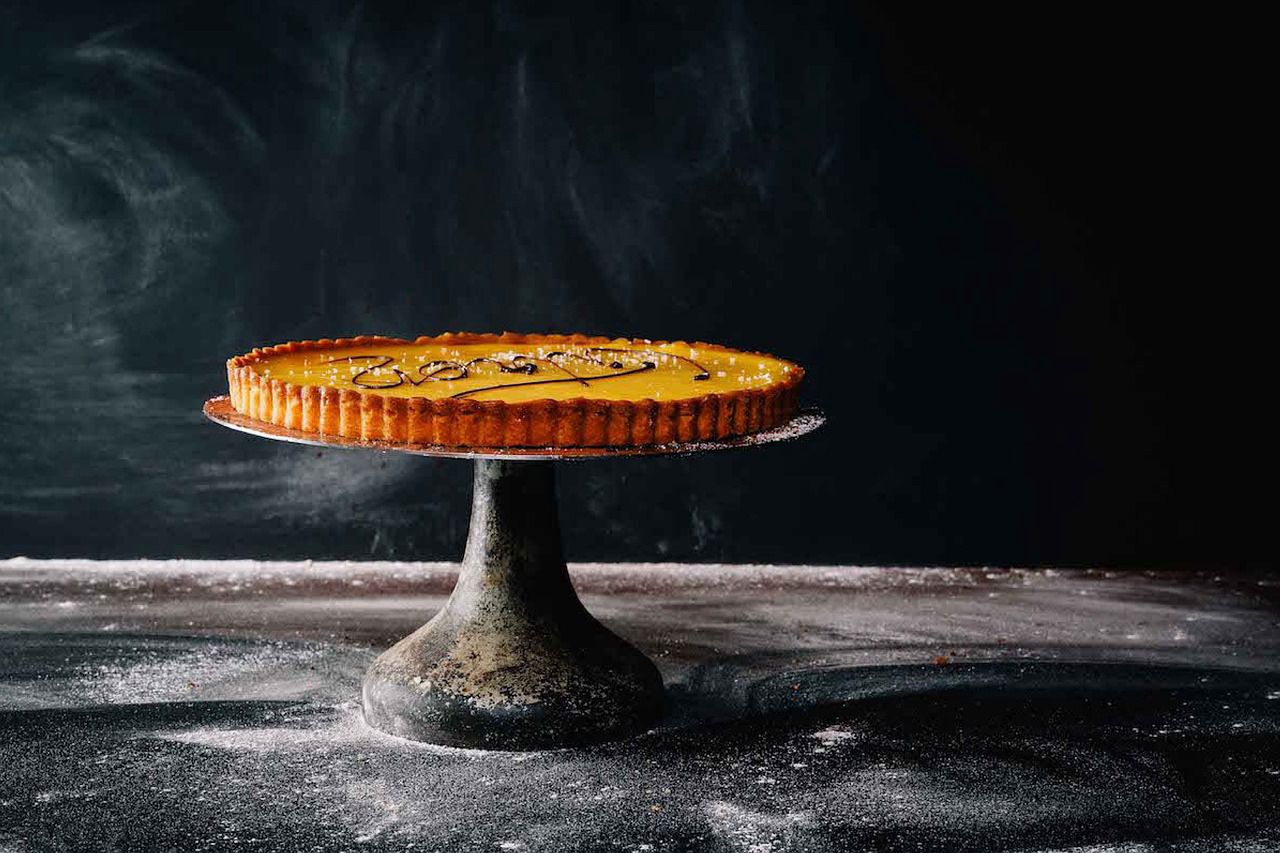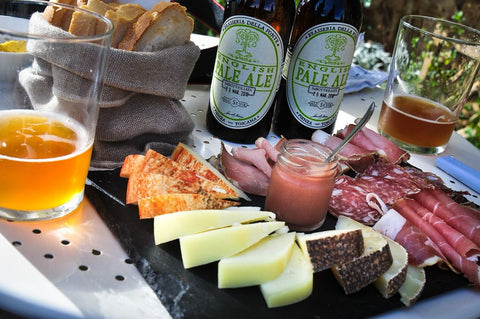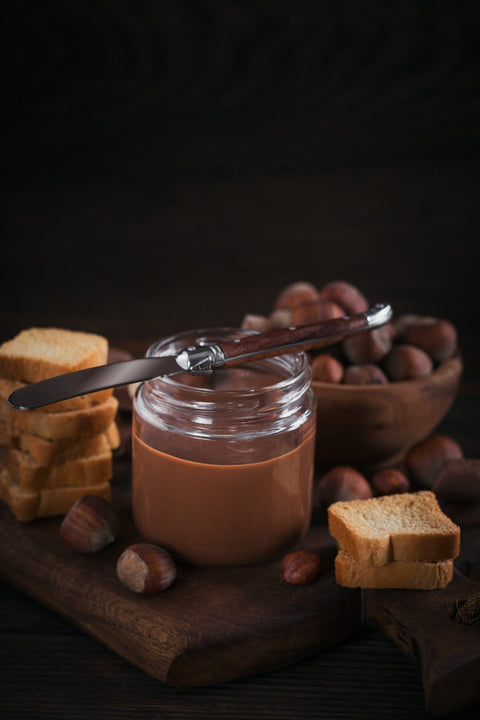French sweet tarts (tartes sucrées) are elegant, delicious, and surprisingly simple—if you get the technique right. However, a few common mistakes can lead to a soggy crust, a runny filling, or an unbalanced flavour. Here are the key errors to avoid to ensure your tart turns out perfectly every time.

1. Using the Wrong Type of Pastry
Not all pastries are created equal. The most common mistake is using puff pastry instead of pâte sucrée or pâte sablée, which are the traditional bases for sweet tarts. Pâte sucrée is crisp and slightly sweet, while pâte sablée is richer and more crumbly—both ideal for a perfect tart.
2. Overworking the Dough
When making the pastry, avoid over-kneading. The more you work the dough, the more gluten develops, leading to a tough crust rather than a delicate, melt-in-the-mouth texture. Mix just until combined and let the dough rest in the fridge before rolling it out.
3. Skipping the Blind Baking Step
One of the biggest mistakes is not blind baking (cuisson à blanc) the crust before adding the filling. This is essential for tarts with wet fillings like tarte au citron or tarte aux fruits. To avoid a soggy bottom, pre-bake the pastry with baking beans or weights until lightly golden before adding the filling.
4. Using Too Much or Too Little Filling
French tarts are known for their balance—too much filling, and your tart might overflow or not set properly; too little, and it may turn out dry. Always follow the recipe’s recommended measurements and avoid overloading with ingredients.

5. Neglecting the Right Baking Temperature
A tart baked at too low a temperature can result in an under cooked crust, while too high a temperature can cause the edges to burn before the filling is set. The ideal range is usually between 160°C and 180°C (320°F–350°F), depending on the type of tart.
6. Forgetting to Let It Cool Properly
Many tarts, especially custard-based ones like tarte au citron or tarte aux fraises, need time to set after baking. Cutting too soon can cause the filling to run. Let your tart cool completely at room temperature before serving.
7. Overcomplicating the Flavours
French tarts are all about simplicity and quality ingredients. Avoid overwhelming the tart with too many spices or artificial flavourings. Instead, let the natural flavours of butter, fruit, vanilla, or chocolate shine through.
Final Tip: Practice Makes Perfect
A perfect French tart takes patience and attention to detail. By avoiding these common mistakes, you’ll be well on your way to mastering the art of classic French pastry.
Bon appétit !



